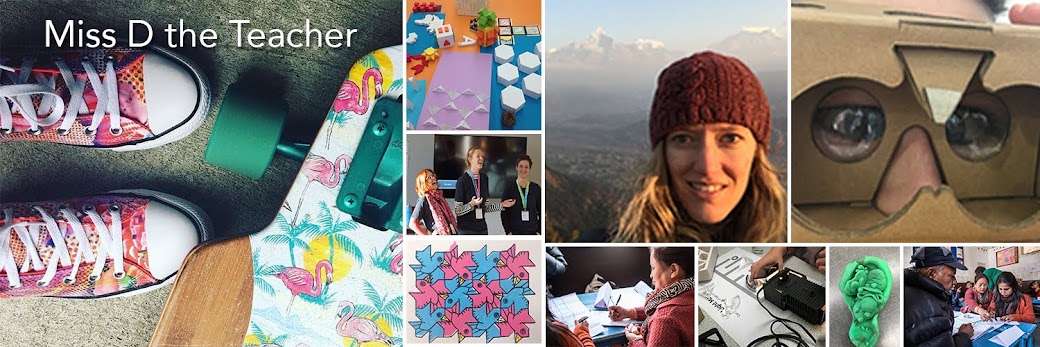- If I struggled to read and write, how much of the learning in your year 9 and 10 programmes would be accessible to me?
- How many of the scientists who are acknowledged in your school's science curriculum are women? Māori? Pasifika? BIPOC?
- How many Māori and Pasifika students graduate from your school with 3 UE STEM subjects?
- How many Māori and Pasifika students from your school go on to a science pathway?
Physics has many great opportunities for students to explore scientific concepts in a hands on way. One of the tried and tested ways to do that is by haivng students design small vehicles within a set of constraints, and then race them. As a result, I saw students investigate aerodynamics, how to reduce friction, how mass and accelleration might relate to each other, and a whole bunch more. The vehicle on the right was particularly memorable as the group experimented with using wax on the bottom of their racer to help it glide down the racing ramp easier.
Other engineering challenges include building an arthropod that is able to move. For this, students had to learn about the characteristics and taxonomy of different arthropods, as well as learning about the physics of simple machines to help their arthropods move. The arthropod machine on the right used a wheel and axle to create their insect that moves with wind. It was particularly rewarding being able to work with a hard materials teacher who was able to help students construct and prototype their designs in the workshop.
Art
A favourite medium that I like to use when encouraging students to communicate science ideas is through art. This has involved everything from photo essays, illustrations, performances and more. However this year I was able to take my love for art and science to a new level by co-teaching with an art teacher. Students explored a socio-scientific issue of their choice from a provided list. As they explored the scientific, cultural, economic, ethical and other perspectives of their issue, they created a series of artworks to represent their understanding of these.
The image below shows the Alexander Calder inspired mobiles students made to represent the different persepctivees around their socio-scientific issue.
A critical skills in science is observation. Few things teaches observation as well as teaching drawing skills in art. Hence, another task that worked really well was having students create a nature journal page of a native species of plant. You can see the task instructions below along with an example of a student's work.
Prioritising tools with UDL features
A fairly simple way of creating a more inclusive classroom is just about being more selective with the tools we use. For example, Quiziss is a en excellent tool. While it works much like Kahoot, Quizizz has the added benefit of being able to read the questions out loud to students. The tools is gamified for extra engagement and gives students instant feedback. On the teacher side of things, this tool is compatable with Google Classroom which means I can keep track of student understanding really easily.
I am also a serious user of Google Classroom. When used effectively, it means that students can use speech to text tools to read instructions for tasks. Hence, I religiously post every single instruction for my class on Google Classroom. It also means that it easy to make videos, audio recordings, diagrams, etc. available for students.
Where to next?
In 2024 I hope to continue exploring ways to make science more inclusive, I am looking forward to working with the new level 1 NCEA standards to find ways to assess these in the most creative, inclusive way possible.
Evidence towards PRACTICING TEACHER CRITERIA 5: DESIGN FOR LEARNING
Design learning based on curriculum and pedagogical knowledge, assessment information and an understanding of each learner’s strengths, interests, needs, identities, languages and cultures." Select teaching approaches, resources, and learning and assessment activities based on a thorough knowledge of curriculum content, pedagogy, progressions in learning and the learners.
- Gather, analyse and use appropriate assessment information, identifying progress and needs of learners to design clear next steps in learning and to identify additional supports or adaptations that may be required.
- Design and plan culturally responsive, evidence-based approaches which reflect the local community and Te Tiriti o Waitangi partnership in New Zealand.
- Harness the rich capital that learners bring by providing culturally responsive and engaging contexts for learners.
- Informed by national policies and priorities.







No comments:
Post a Comment